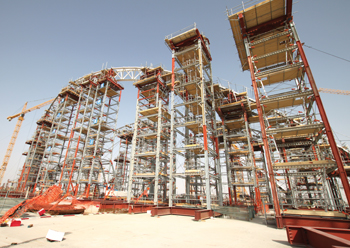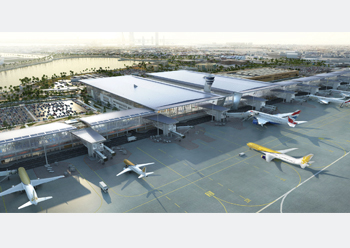
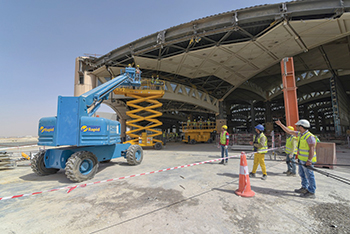 Work in progress at the King Khalid International Airport in Riyadh.
Work in progress at the King Khalid International Airport in Riyadh.
Saudi Arabia’s aviation infrastructure is in the midst of a major transformation with current airports being upgraded and new ones being built in a bid to enhance the kingdom’s global positioning as an influential player in civil aviation, in line with the Vision 2030 plan.
According to statistics published by the International Air Transport Association (IATA) in 2014, the kingdom’s civil aviation sector contributes about $126 billion annually to the economy – about 4.7 per cent of the GDP – through direct and indirect revenues.
At the Global Aviation Summit 2019 held in Riyadh in April, Saudi Minister of Transport, chairman of the General Authority of Civil Aviation (Gaca) Dr Nabeel Al Amoudi indicated that Saudi Arabia is looking to increase air cargo capacity to 5.2 million tonnes, through building and expansion of airports, expansion of three air cargo stations and the improvement of airport infrastructure.
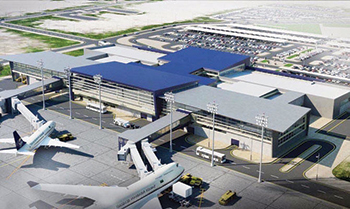 |
|
A concept of the Qunfudah Airport ... the kingdom’s 28th. |
Gaca is spearheading the drive to boost the aviation infrastructure and in December last year launched work on Saudi Arabia’s 28th airport, at Qunfudah, the first in the city.
Qunfudah Airport in the Tihamah region on the Red Sea coast is being implemented in accordance with the Unified Project Model Category (A). Once complete, it will have an annual capacity of half a million passengers.
The airport will have a flight area of 21,414 sq m, building area of 62,000 sq m, and passenger terminal area covering 20,347 sq m. There will be 12 standard counters, eight self-service counters, in addition to a passport control area, four counters in the arrivals area, and four in the departures.
The airport will also have five travel gates, comprising two air bridges and three bus gates, and two conveyor belts.
Meanwhile, expansion work is in progress on a number of airports following the massive expansion of the King Abdul Aziz International Airport in Jeddah.
In Riyadh, the current expansion phase has seen the inauguration of Terminal 5 at King Khalid International Airport and work is now under way on the expansion of Terminals 3 and 4 at a cost of SR2.205 billion ($588 million). Once complete, the terminals will be able to accommodate 11 million passengers annually.
The scope of works include the redesign, upgrade and expansion of the terminals and demolition and refurbishment of the other airport infrastructure.
The terminals will include 14 travel gates and 80 check-in counters, in addition to 30 counters for departure and 48 counters for passport control, and a baggage claim area with eight conveyer belts extending over 658 m. The commercial space area and first and business class lounges will cover an area of 10,400 sq m.
The three corridors connecting the two buildings will also be expanded to serve as check-in areas for passengers. Work in this area includes all electromechanical systems, and special systems, in addition to the underground service tunnel.
Gaca says design work for the terminals has been completed as are the demolition and removal work and the underground service tunnel.
The project completion currently stands at 11.65 per cent with the average number of workers on site being 650.
Al Ahsa Airport too is to be expanded and its existing terminals upgraded to meet operational requirements.
The development project will see the terminal area increase from 4,100 sq m to 5,900 sq m, resulting in an increased capacity of 578 passengers per hour.
Meanwhile, the Dammam Airports Company (Daco) is embarking on a major expansion of its facilities and passenger and cargo handling capacities.
According to Turki Abdullah Aljawini, CEO of Daco, the expansion is aimed at increasing the passenger capacity to 15 million next year from 10 million.
“We are expecting an annual growth of five to seven per cent. Cargo handling and baggage capacities are also being increased by adopting smart technology. Our aim is to give passengers all facilities to enhance their experience,” he says.
The plan also includes establishing a bonded zone, similar to airport free zones elsewhere, for cargo handling.






.jpg)




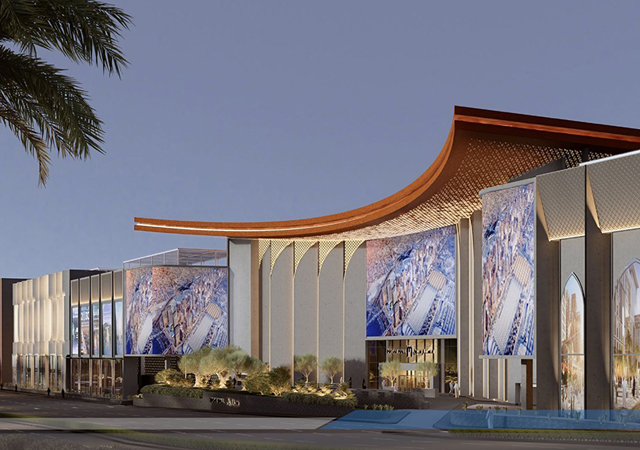


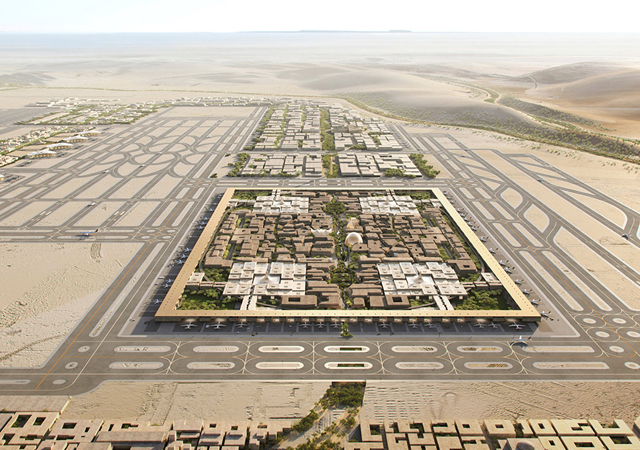
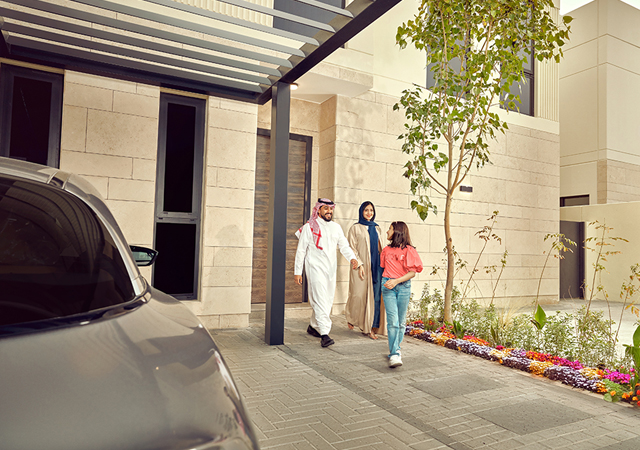
.jpg)




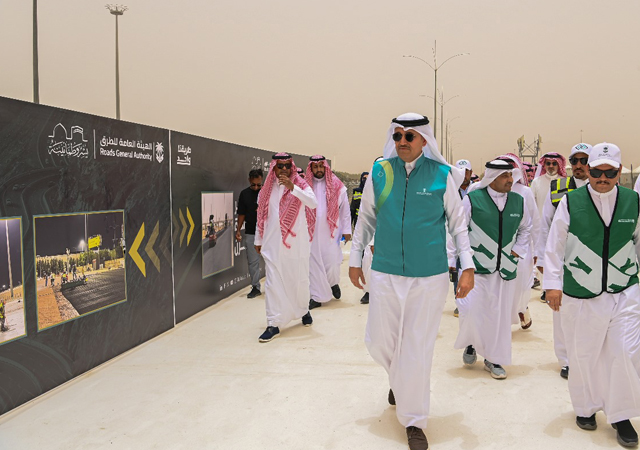
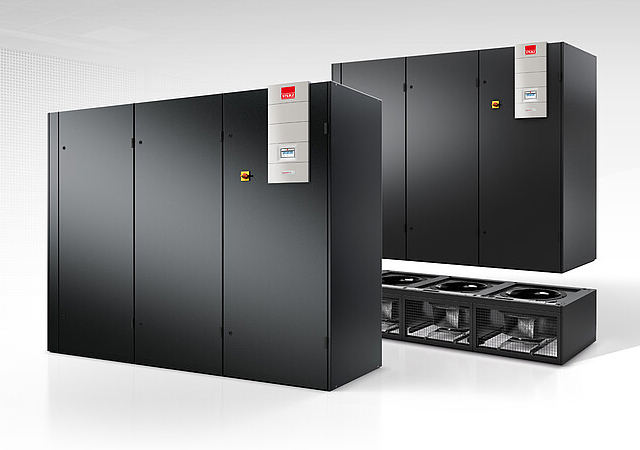


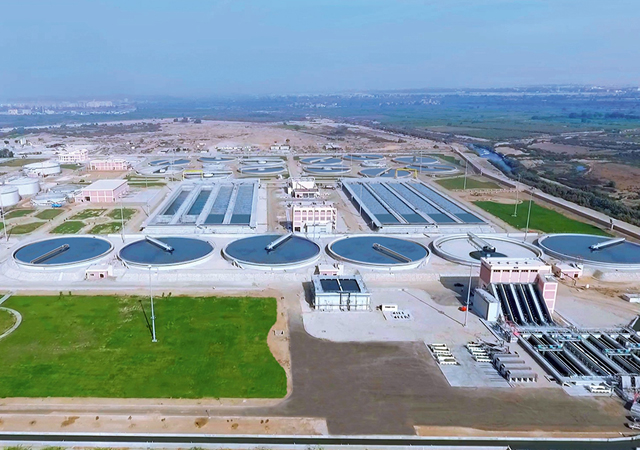

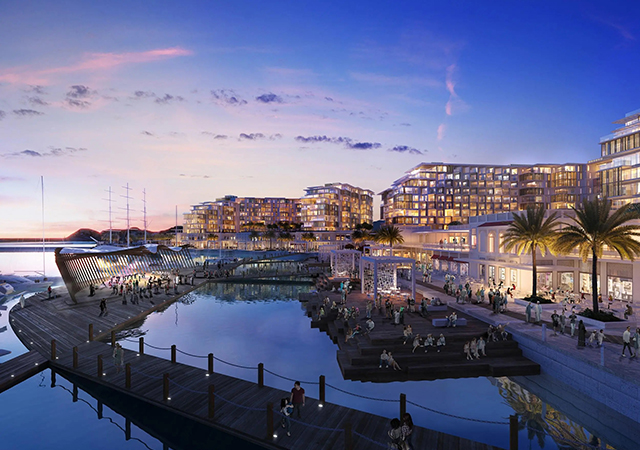




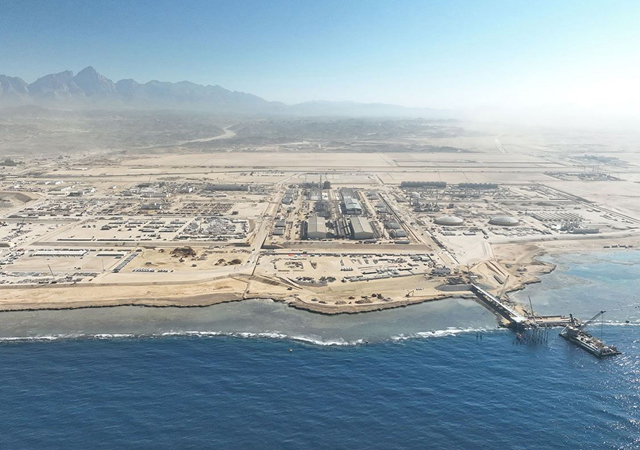

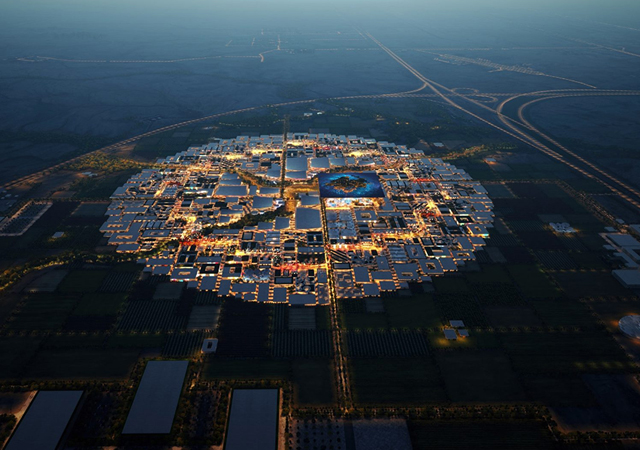
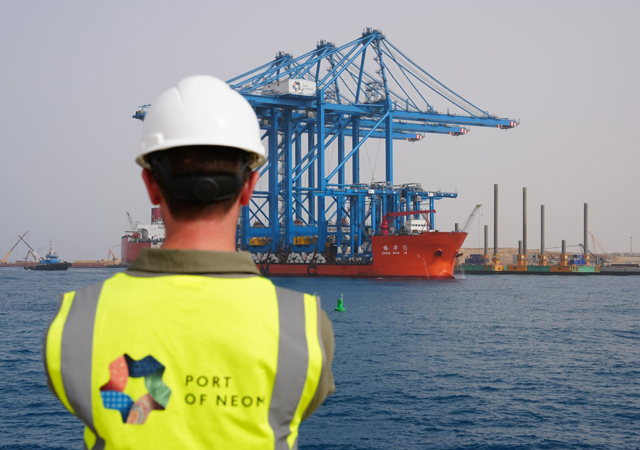
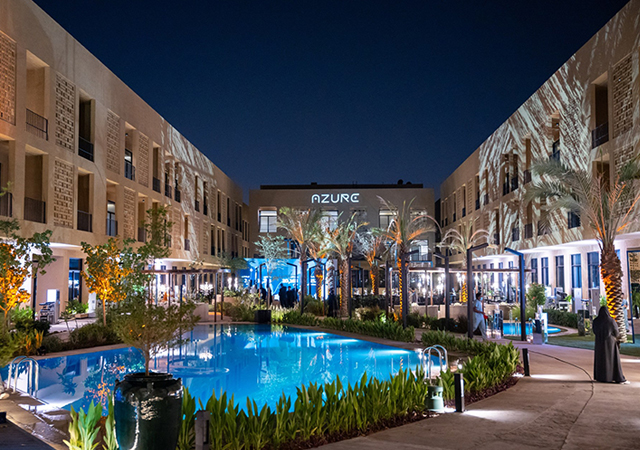
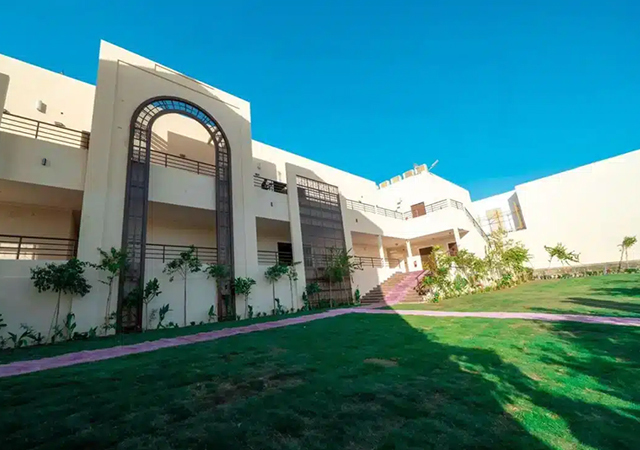

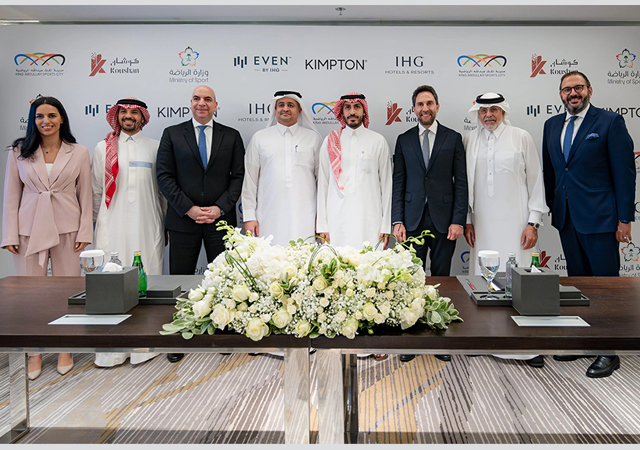
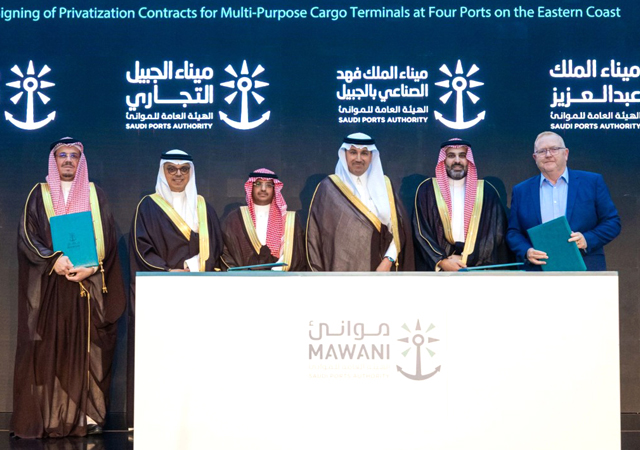
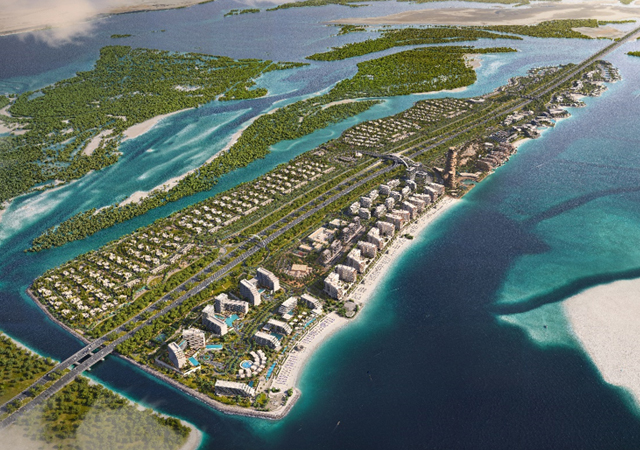

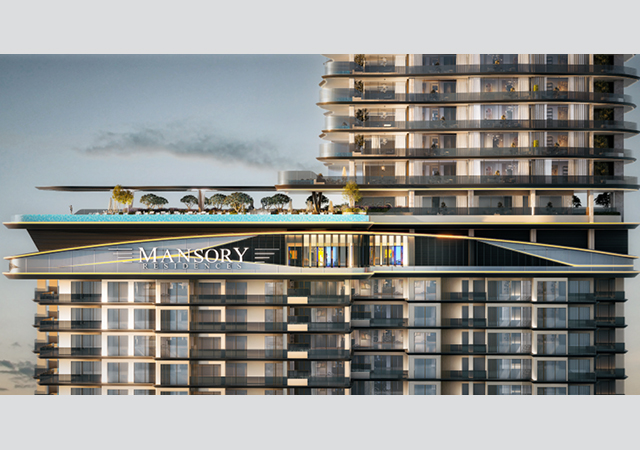


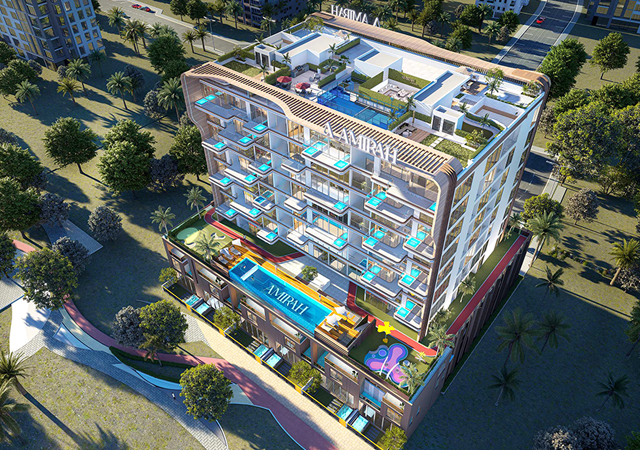
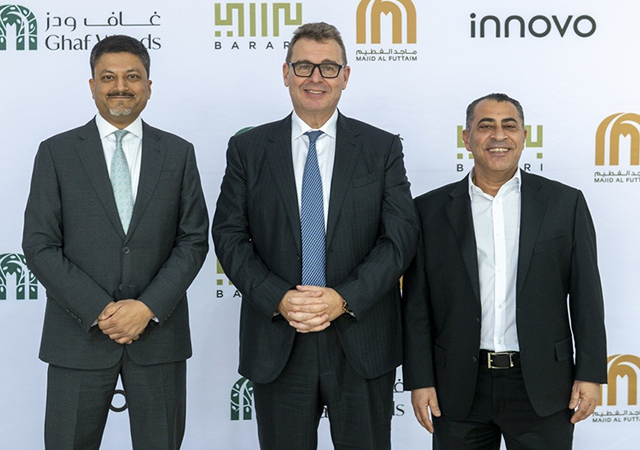
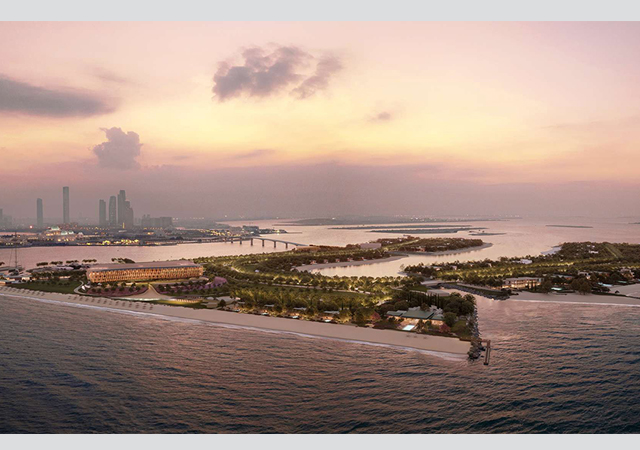
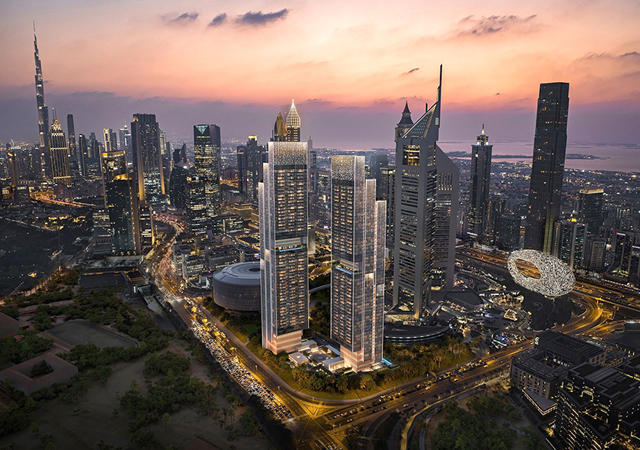
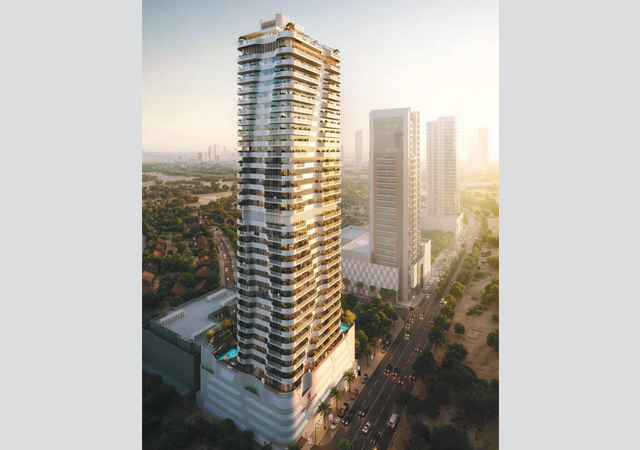
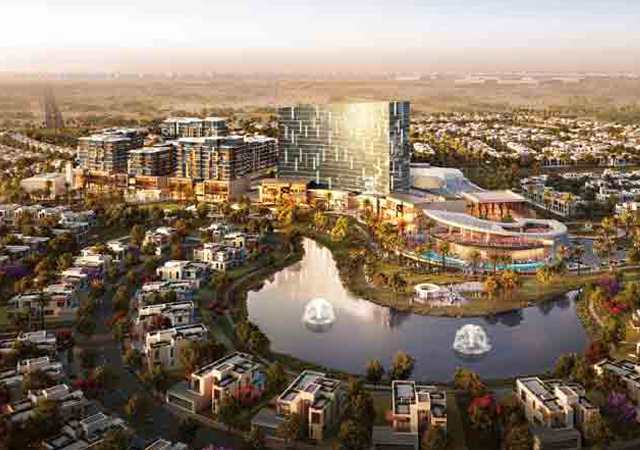

.jpg)


